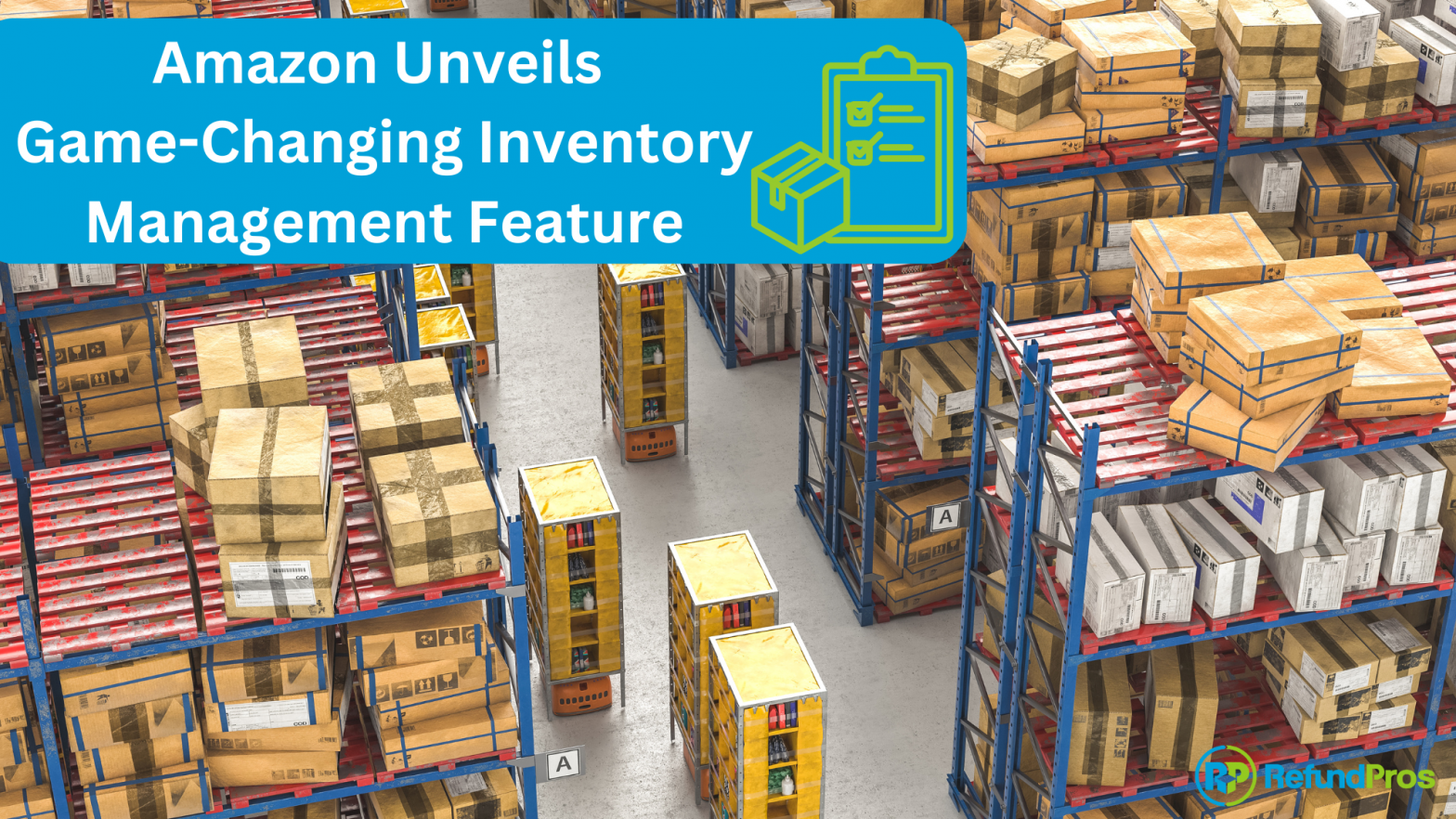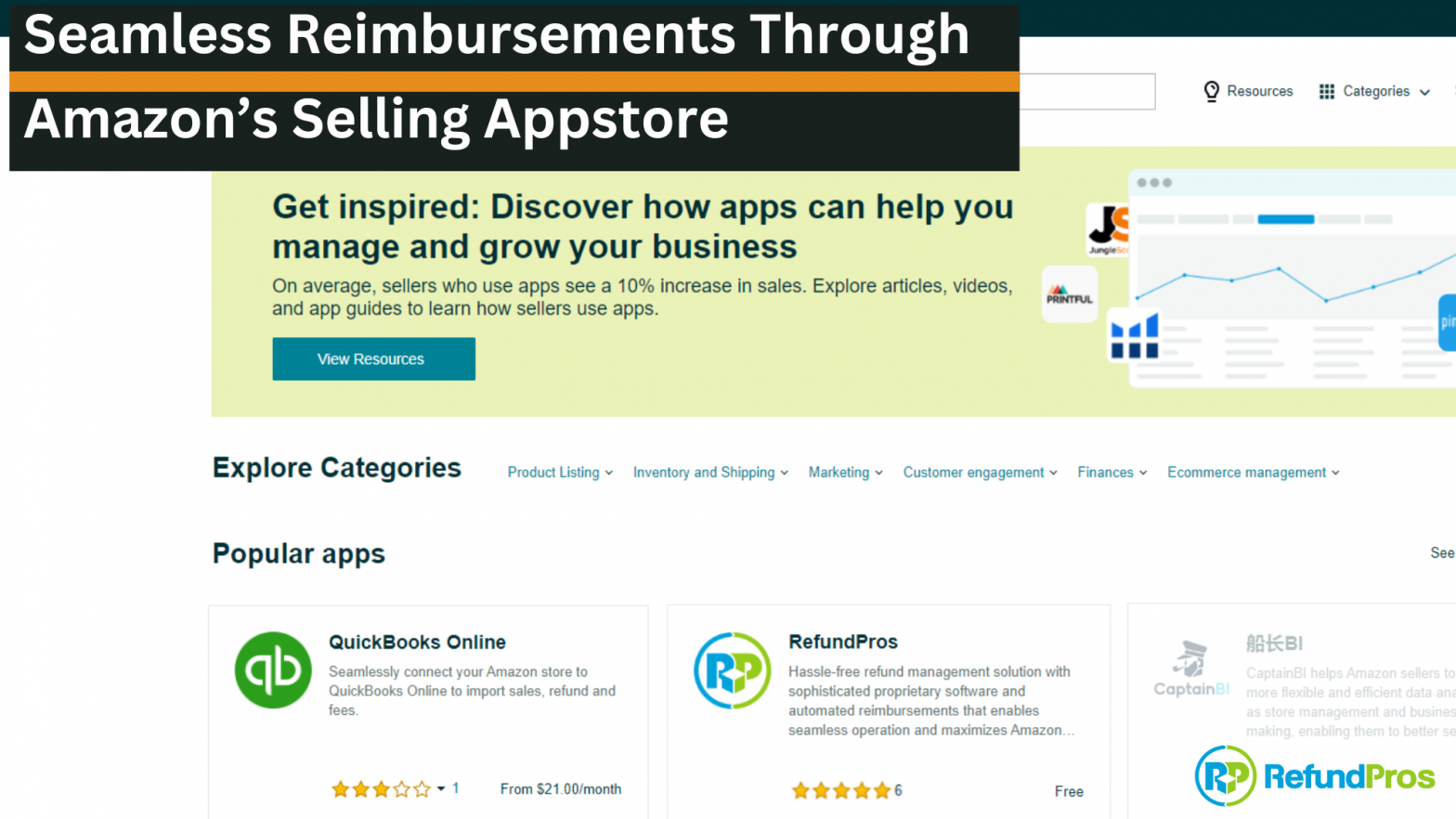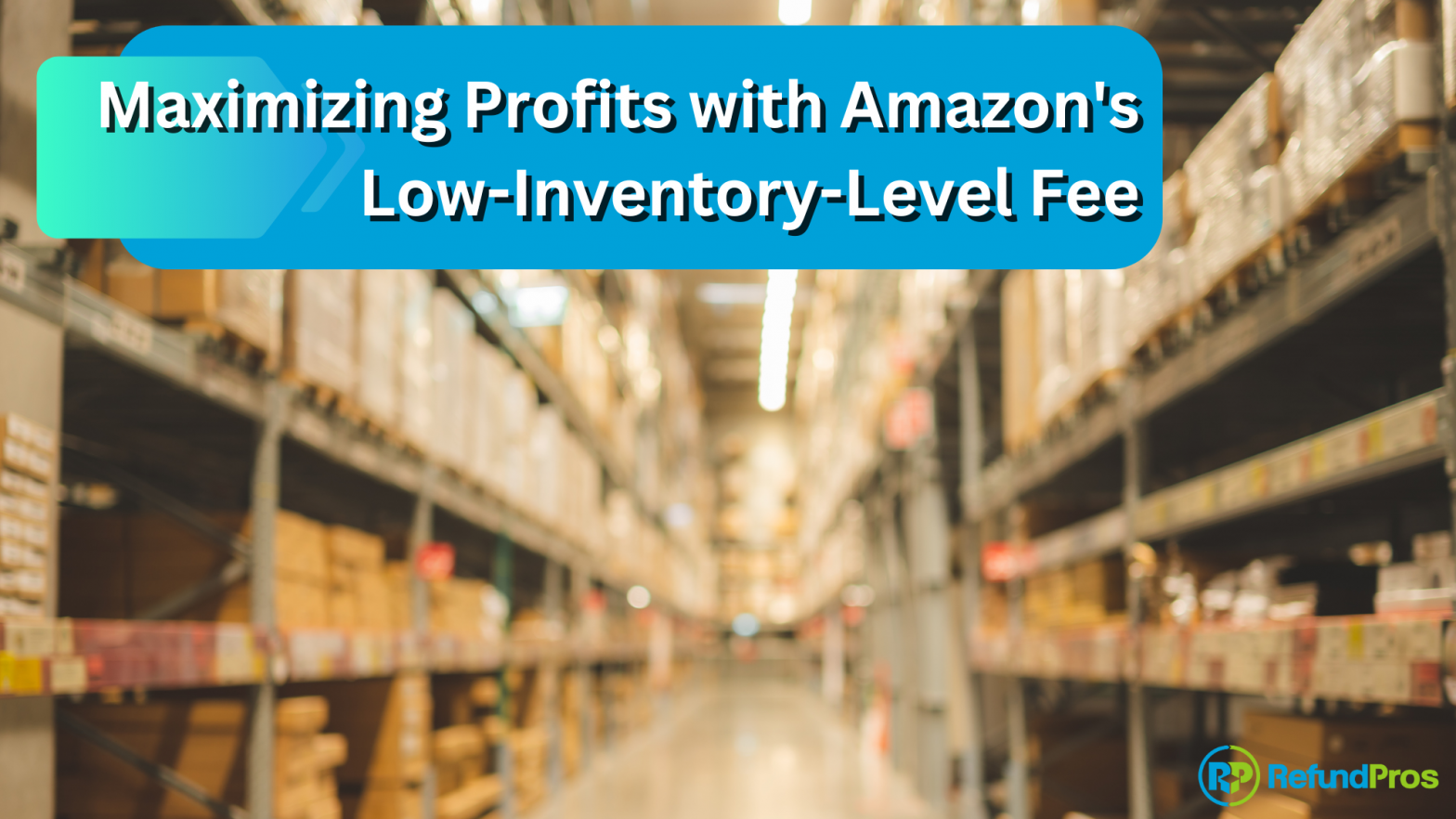As an FBA seller, keeping up with Amazon’s policy updates is crucial for maintaining your business’s efficiency and profitability. Recently, Amazon announced significant changes to their low-inventory-level fee structure, which went into effect on April 1, 2024.
This update is designed to improve inventory health and ensure that products are sufficiently stocked across the fulfillment network, ultimately leading to faster delivery times and increased sales. Here’s everything you need to know to navigate this change effectively.
Overview of the Low-Inventory-Level Fee
Amazon introduced the low-inventory-level fee to encourage sellers to maintain healthy inventory levels, thereby ensuring that products are readily available and can be shipped quickly to customers. The fee, which came into effect on April 1, 2024, is part of Amazon’s broader strategy to enhance inventory health and drive more sales by avoiding stockouts.
Transition Period Extended
To ease sellers into this new fee structure, Amazon initially announced that any low-inventory-level fees charged in April would be credited back. This transition period has now been extended through May 14, 2024.
By May 31, sellers will be credited back for any low-inventory-level fees incurred between April 1 and May 14. This extension provides additional time for sellers to familiarize themselves with the new fee and utilize the available fee management tools effectively.
Key Changes to the Low-Inventory-Level Fee
Amazon has listened to seller feedback and implemented three critical changes to better target the low-inventory-level fees:
- Exemption for Low-Volume Products: Starting May 15, 2024, products that have sold less than 20 units in the past 7 days will not be subject to the low-inventory-level fee. This change acknowledges the challenges in managing inventory for seasonal, end-of-life, and other low-volume products with varying demand.
- Credits for Inbound Delays: Fees incurred due to excessive inbounding and processing times caused by Amazon or Amazon-managed services will be credited back by the 15th day of the following month. For instance, fees due to delays in May will be credited back by June 15. This ensures that sellers are not penalized for delays beyond their control.
- Prime Day Exception: Recognizing the importance of Prime Day as a major sales event, Amazon will provide a time-bound exception on low-inventory-level fees for products included in Prime-exclusive Lightning Deals and Best Deals. This exception will apply for four weeks following Prime Day, allowing sellers to manage inventory levels more flexibly during this high-demand period.
Tools and Resources for Managing Inventory
To help sellers manage their inventory effectively and avoid low-inventory-level fees, Amazon offers several tools:
- FBA Inventory: This tool helps track inventory health and identify products at risk of incurring low-inventory-level fees.
- FBA Revenue Calculator: Sellers can use this tool to estimate the low-inventory-level fee for affected products.
- SKU Economics Report: This report provides historical data on charges for each product, allowing sellers to review and analyze past fees.
For more detailed information, sellers can refer to the Low-Inventory-Level Fee page and the 2024 US Referral and FBA Fee Changes Summary.
Amazon’s introduction and subsequent adjustments to the low-inventory-level fee highlight their commitment to improving inventory management and sales performance. By understanding and leveraging the tools and exceptions provided, FBA sellers can navigate these changes effectively, ensuring that their inventory remains healthy and their products continue to reach customers quickly. At RefundPros, we are dedicated to helping our clients stay informed and prepared for these updates, enabling them to focus on what they do best—growing their business.
Stay tuned to our blog for more updates and insights on navigating Amazon’s dynamic marketplace. Together, we can make the most of these changes and continue to thrive in the competitive e-commerce landscape.






